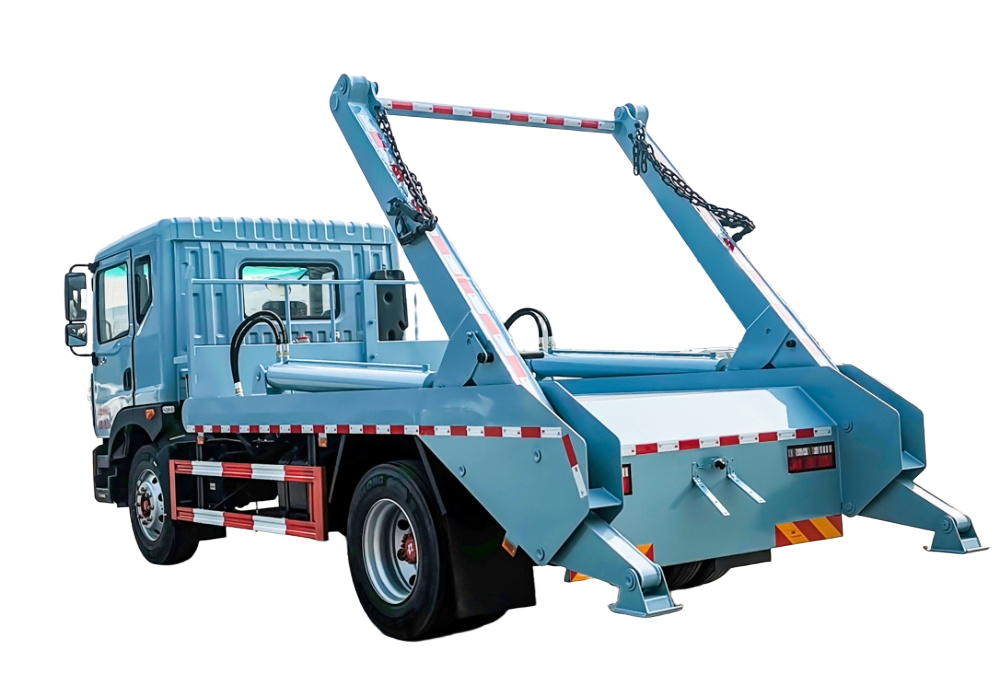Proprietary vs Open Standards: How to Choose the Right Technology Strategy for System Integration
Proprietary versus open standards represents critical technology strategy decisions for system integration and competitive positioning, yet selecting optimal approach demands careful evaluation of 7 decisive factors. This comprehensive comparison analyzes competitive advantage, interoperability, development costs, vendor dependence, innovation speed, market adoption, and long-term sustainability across diverse technology strategies.
While both approaches deliver functional capability, proprietary standards excel in competitive differentiation and profit protection, whereas open standards dominate in market adoption and ecosystem development. We examine decisive trade-offs—from control to compatibility—using technology implementation data from 200+ system integration projects across various industry standards.
Whether prioritizing proprietary control or open collaboration, our technology strategy analysis equips you to select the optimal integration approach. As China’s leading special vehicle manufacturer with extensive technology integration experience, Chengli Group provides uniquely qualified insights into standards selection and system architecture optimization.
Competitive Positioning and Market Differentiation
Technology strategy fundamentally impacts competitive positioning, market differentiation, and strategic advantage across diverse market environments and competitive dynamics.
Proprietary Standards Competitive Advantage
Proprietary technology creates unique competitive positioning through exclusive capability and customer dependency achieving market differentiation through technological leadership.
Competitive Benefits: Proprietary standards enable exclusive market positioning and customer lock-in. Strategic advantages include:
- Unique capability: Exclusive technology providing competitive differentiation
- Customer dependency: Proprietary systems creating switching costs
- Profit protection: Technology control enabling premium pricing
- Innovation control: Exclusive development and feature advancement
Market Leadership: Proprietary standards achieve market leadership through exclusive capability and competitive differentiation.
Open Standards Market Integration
Open standards enable broad market integration and ecosystem development achieving competitive advantage through adoption and collaboration.
Integration Benefits: Open standards facilitate market adoption and industry collaboration. Market advantages include:
- Industry adoption: Widespread acceptance and market penetration
- Ecosystem development: Partner integration and solution compatibility
- Customer choice: Vendor neutrality and selection flexibility
- Innovation acceleration: Collaborative development and advancement
Market Expansion: Open standards achieve market expansion through industry adoption and ecosystem development.
Interoperability and System Integration
Proprietary Integration Control
Proprietary systems provide complete integration control while managing compatibility and interoperability challenges achieving optimized performance through controlled integration.
Control Benefits:
- System optimization: Complete control enabling performance maximization
- Integration consistency: Controlled interfaces ensuring reliable operation
- Quality assurance: Comprehensive testing and validation capability
- Performance tuning: Optimized integration for specific applications
Integration Excellence: Proprietary systems achieve integration excellence through complete control and optimization capability.
Open Standards Interoperability
Open standards maximize interoperability and system compatibility achieving seamless integration through standardized interfaces and protocols.
Interoperability Advantages:
- Universal compatibility: Standardized interfaces enabling broad integration
- Multi-vendor solutions: Component selection from diverse suppliers
- Future-proofing: Standards evolution and technology advancement
- Integration simplicity: Standardized procedures and proven compatibility
Integration Flexibility: Open standards provide integration flexibility through universal compatibility and standardized interfaces.
Development Investment and Resource Allocation
Proprietary Development Investment
Proprietary technology requires significant development investment in research, engineering, and validation achieving competitive advantage through technological innovation.
Investment Requirements:
- Research and development: Significant R&D investment for technology advancement
- Engineering resources: Dedicated expertise and development capability
- Testing and validation: Comprehensive validation and certification processes
- Intellectual property: Patent development and protection investment
Innovation Investment: Proprietary development requires substantial investment while providing competitive advantage and market differentiation.
Open Standards Development Efficiency
Open standards leverage collaborative development and shared investment achieving cost efficiency through industry cooperation and resource sharing.
Development Benefits:
- Shared development: Industry collaboration reducing individual investment
- Resource efficiency: Leveraging collective expertise and capability
- Standards adoption: Established specifications reducing development complexity
- Validation sharing: Shared testing and certification reducing costs
Collaborative Efficiency: Open standards achieve development efficiency through collaboration and resource sharing.
Vendor Dependence and Strategic Risk
Proprietary Vendor Control
Proprietary systems create vendor dependence while providing technological leadership and competitive advantage requiring strategic risk management.
Control Considerations:
- Vendor lock-in: Customer dependence on proprietary technology provider
- Strategic risk: Single-source dependence and supplier concentration
- Technology control: Vendor control over advancement and evolution
- Cost implications: Potential for premium pricing and limited competition
Risk Management: Proprietary systems require strategic risk management while providing competitive advantage.
Open Standards Vendor Independence
Open standards provide vendor independence and supplier choice achieving risk mitigation through multi-source availability and competitive options.
Independence Benefits:
- Supplier choice: Multiple vendor options and competitive selection
- Risk mitigation: Reduced dependence on single technology provider
- Cost competition: Competitive pricing through vendor alternatives
- Technology evolution: Industry-driven advancement and improvement
Strategic Flexibility: Open standards provide strategic flexibility through vendor independence and supplier choice.
Innovation Speed and Technology Advancement
Proprietary Innovation Control
Proprietary technology enables controlled innovation and rapid advancement through dedicated development achieving competitive advantage through exclusive capability.
Innovation Benefits:
- Development control: Exclusive innovation and feature advancement
- Rapid deployment: Immediate implementation without standards committee approval
- Competitive timing: Market introduction timing and strategic advantage
- Innovation investment: Dedicated R&D providing technological leadership
Innovation Leadership: Proprietary technology achieves innovation leadership through controlled development and exclusive advancement.
Open Standards Collaborative Innovation
Open standards leverage collaborative innovation and industry expertise achieving advancement through collective development and shared expertise.
Collaborative Advantages:
- Industry expertise: Collective knowledge and development capability
- Innovation acceleration: Shared development reducing time-to-market
- Technology validation: Industry testing and proven performance
- Standards evolution: Continuous improvement through collaborative development
Collective Innovation: Open standards achieve innovation through collaborative development and industry expertise.
Market Adoption and Ecosystem Development
Proprietary Market Development
Proprietary systems require market development investment while achieving customer loyalty and premium positioning through exclusive technology.
Market Strategy:
- Customer education: Technology benefits communication and adoption
- Partner development: Ecosystem creation and integration partnerships
- Market investment: Sales and marketing investment for adoption
- Customer support: Comprehensive support for proprietary technology
Market Building: Proprietary systems require market building investment while providing competitive advantage.
Open Standards Market Penetration
Open standards achieve rapid market penetration through industry adoption and ecosystem development creating broad market acceptance.
Penetration Benefits:
- Industry adoption: Widespread acceptance and market penetration
- Ecosystem development: Partner integration and solution development
- Customer confidence: Industry validation and proven compatibility
- Market momentum: Adoption acceleration through network effects
Market Leadership: Open standards achieve market leadership through industry adoption and ecosystem development.
Decision Framework: Choosing Your Optimal Technology Strategy
Proprietary Standards: Ideal Applications
Best suited for organizations prioritizing:
- Competitive differentiation and market leadership
- Technology control and innovation leadership
- Premium positioning and profit protection
- Exclusive capability and customer loyalty
Optimal scenarios include:
- Innovative technology requiring competitive protection
- Premium markets justifying proprietary investment
- Specialized applications requiring unique capability
- Organizations with significant R&D capability and market position
Open Standards: Strategic Advantages
Preferred for organizations emphasizing:
- Market adoption and ecosystem development
- Cost efficiency and collaborative innovation
- Vendor independence and strategic flexibility
- Industry integration and compatibility
Ideal applications include:
- Broad market applications requiring wide adoption
- Cost-sensitive markets prioritizing efficiency
- Integration-intensive applications requiring compatibility
- Organizations prioritizing collaboration and industry standards
Technology Implementation and Strategic Planning
Proprietary Implementation Strategy:
- Technology development: Comprehensive R&D investment and capability development
- Market positioning: Unique value proposition and competitive differentiation
- Customer development: Education and adoption programs
- Ecosystem building: Partner development and integration capability
Open Standards Implementation:
- Standards adoption: Industry standard selection and implementation
- Ecosystem integration: Partner collaboration and compatibility testing
- Market participation: Industry involvement and standards contribution
- Competitive positioning: Value-added services and implementation excellence
Risk Assessment and Mitigation Strategies
Proprietary Technology Risks:
- Development investment: Significant R&D costs and resource requirements
- Market acceptance: Customer adoption and market penetration challenges
- Technology obsolescence: Competitive technology advancement and disruption
- Strategic dependence: Customer lock-in creating relationship risk
Open Standards Risks:
- Competitive differentiation: Limited technology differentiation and commodity pricing
- Standards evolution: Technology advancement beyond organizational control
- Ecosystem dependence: Reliance on industry collaboration and standards development
- Innovation pace: Potential slower advancement through committee processes
Ultimately, proprietary standards excel for organizations seeking competitive differentiation and technology leadership, while open standards serve organizations prioritizing market adoption and collaborative innovation. Your ideal choice depends on whether competitive advantage and control (proprietary) or market integration and collaboration (open standards) aligns with strategic objectives and market position.






